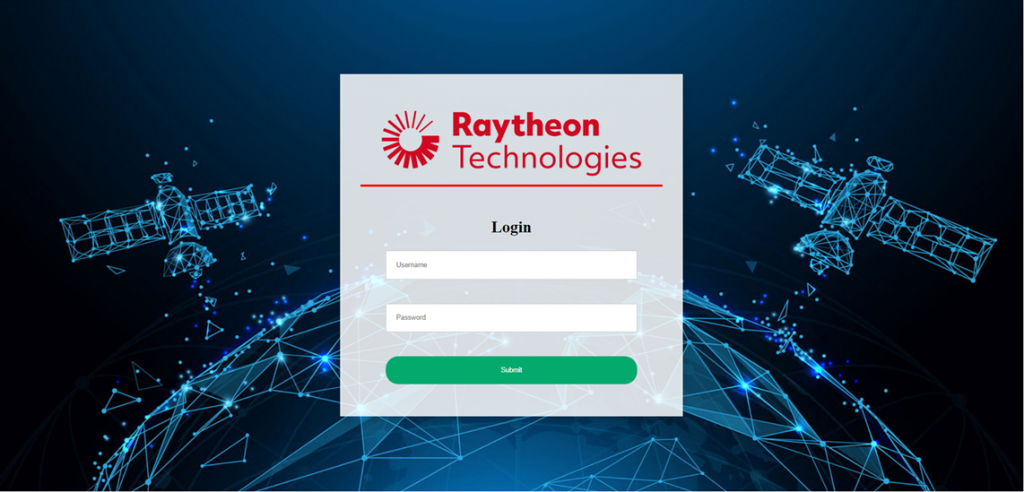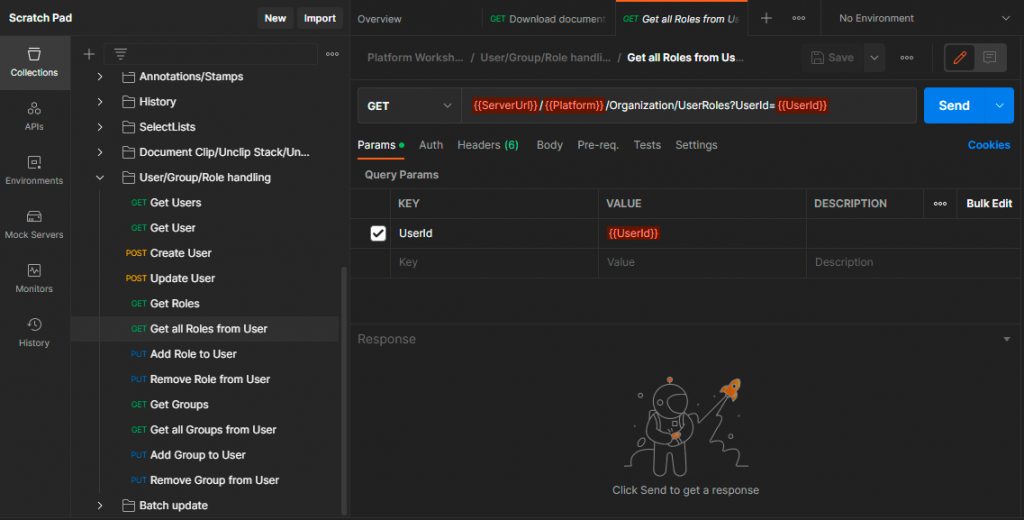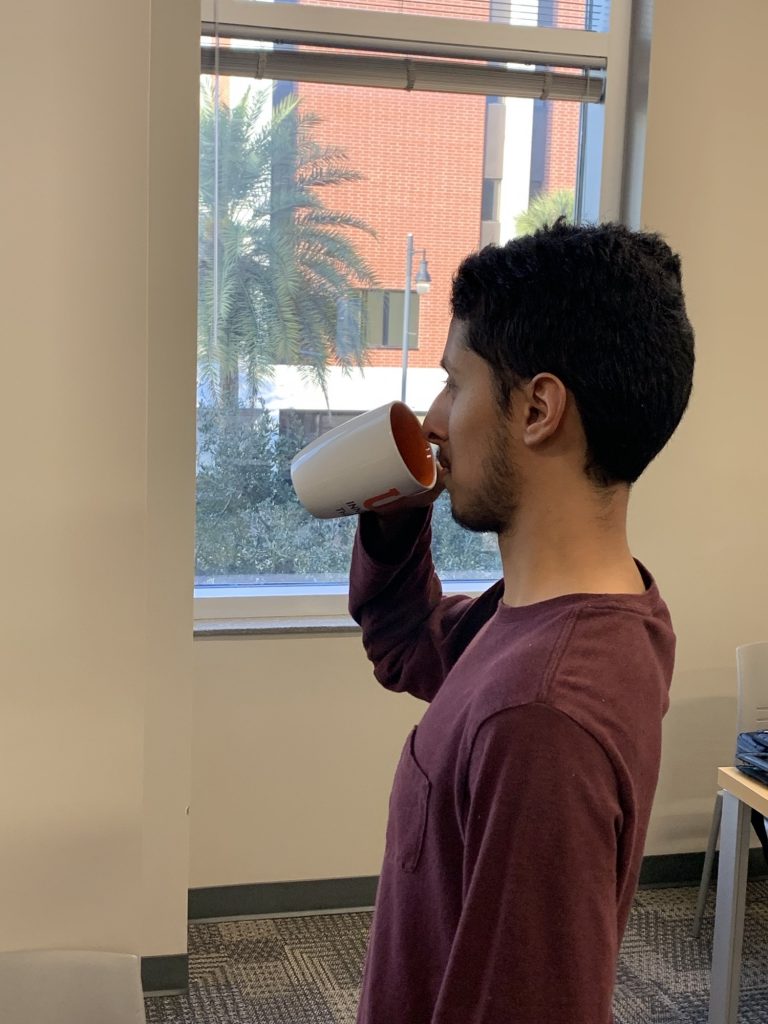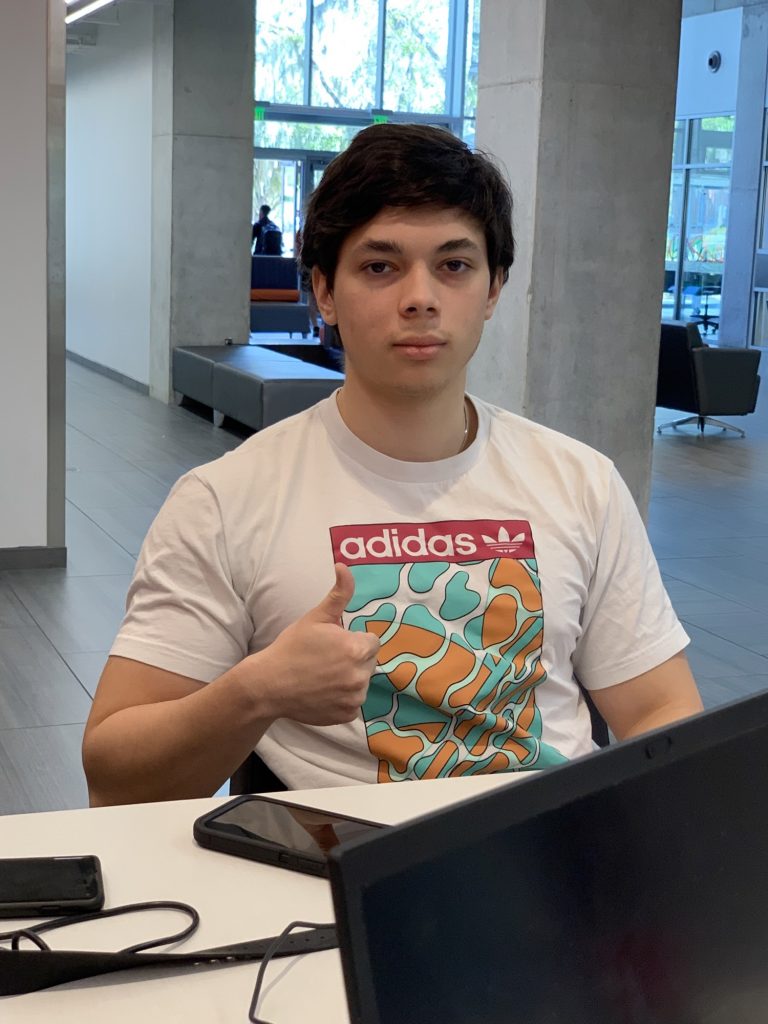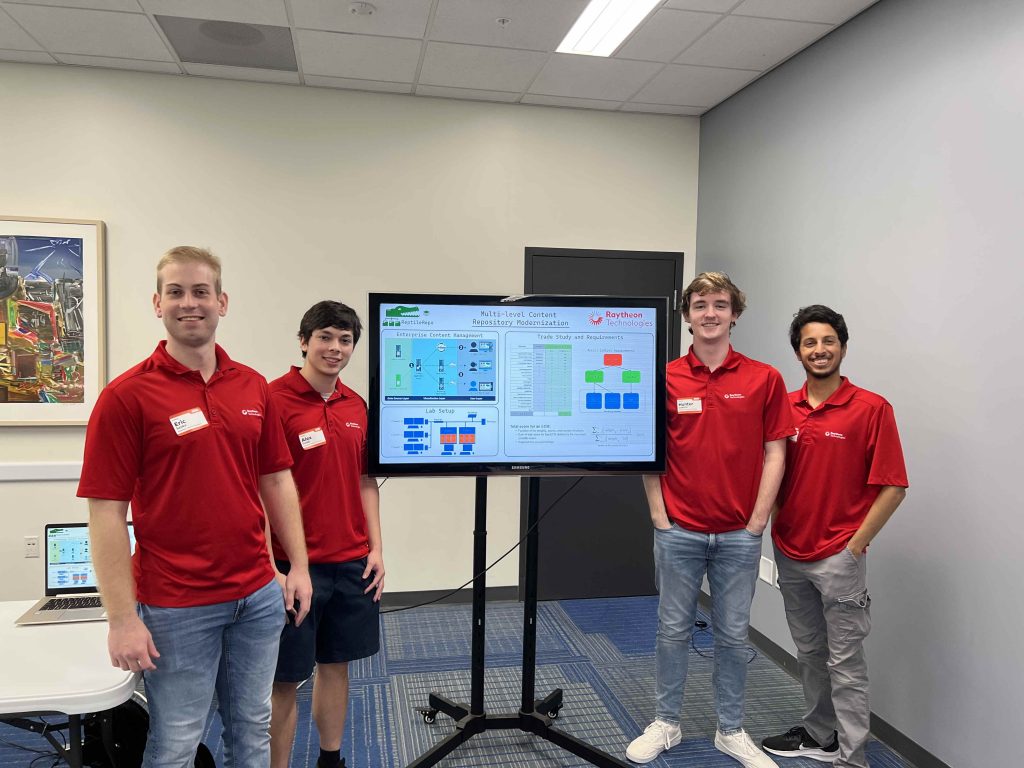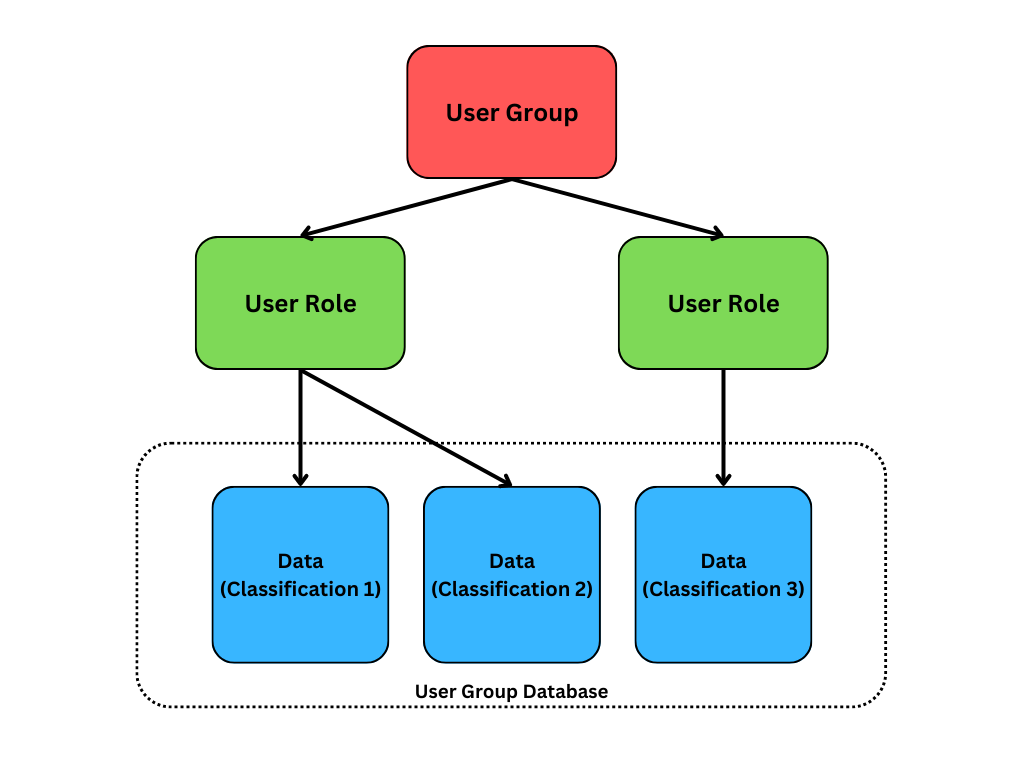This week we received some test data from Raytheon to test the security and metadata functionality of our ECM system. We’ve been working on adding the capability for the system to read the metadata whenever new files are added, and to prevent unauthorized access to those files based on the clearance level specified in the metadata. Every file that is added to the system has an associated file that lists all of these attributes (clearance level, clearance group, file type, date modified, etc.).
We’ve also been working on finalizing the group and role structure of the ECM system so that is is modular enough to support adding multiple groups and multiple roles within each group. On top of this, we are working on adding linking these groups and roles with Microsoft Active Directory, which will serve as the source of all user information.
Finally, we have been working on creating a frontend web application to demonstrate the ECM’s capabilities. It will allow users to see the group and role structure and edit them.

